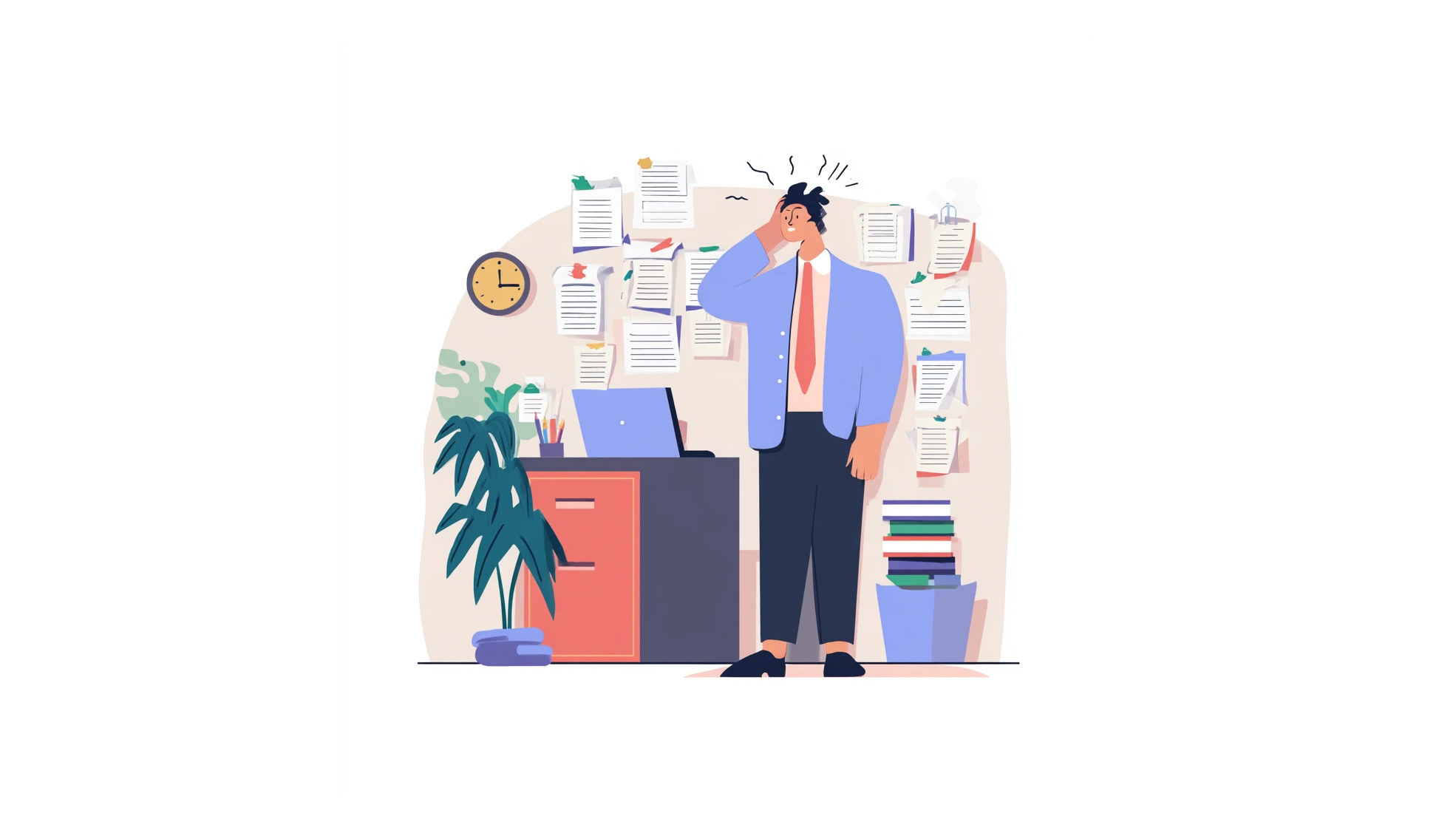Why your website isn't building trust (and how to fix it)

Trust is like invisible money for online business. When someone visits your website, they decide in just a few seconds if they trust you or not. If they don't trust you, they leave. If they do trust you, your website becomes your best salesperson.
Here's the problem: most business websites push customers away without the owners knowing it. Small things that don't seem important can make visitors think you're not reliable, not good at your job, or not worth their money.
What visitors look for in 10 seconds
When someone lands on your website, their brain quickly looks for signs that you're trustworthy. They're thinking:
Does this business look professional?
Are they good at what they do?
Will they do what they promise?
Is it safe to give them my information?
Your website has about 10 seconds to answer these questions the right way. If it doesn't, visitors leave to find someone else.
Things that kill trust on your website
Your website looks old
Nothing says "we don't care about our business" like a website that looks like it was made 10 years ago. Old-looking websites tell visitors that you're behind the times or that your business is struggling.
Good web design isn't about following trends. It's about meeting what people expect. When your site looks old, visitors think your business is old too.


Hard to find contact information
We've all seen websites where you can't find a phone number or address. Maybe there's just a contact form hidden somewhere, or an email that looks fake. Real businesses have real phone numbers, addresses, and ways to reach them.
When visitors can't find good contact information, they think you're hiding something. Are you a real business? Do you stand behind your work? Missing contact details make people run away.
Bad photos
Nothing hurts trust like blurry photos, fake stock photos, or no photos at all. Your pictures tell a story about how much you care about details.
Spelling mistakes
One spelling mistake might not seem like a big deal, but it makes people doubt you. Professional businesses write professionally.
No testimonials
People trust other people more than businesses. Without customer reviews or testimonials, visitors have no reason to believe you're good.
What good websites do right
Social proof and testimonials
People trust other people more than they trust businesses. When your website has customer reviews, testimonials, and proof that real people like your work, visitors feel confident choosing you.
Clear explanation of what you do
Good websites immediately tell visitors what they do, who they help, and why people should care. No guessing or hunting for information.
Good photos and consistent look
High-quality, matching visuals make you look professional right away. Every visual should feel planned and match your brand.
Clear pricing or process information
Mystery creates doubt. Giving visitors some idea of your costs or process builds confidence and helps the right customers find you.
Fast loading and works on phones
Nothing says 'amateur' like a slow website or one that looks broken on phones. Professional sites work perfectly everywhere.
Quick wins you can do today
Update your About page
Make it personal and real. Include real photos of you or your team, tell your story, and explain why you do what you do.
Add customer testimonials
Even one real testimonial is better than none. Ask recent customers for a quick quote about their experience.
Improve your Contact page
List different ways to contact you, include your address, add business hours, and think about including a photo of your workspace.
Check for mistakes
Read every page out loud or use tools like Grammarly to catch errors. Have someone else read everything with fresh eyes.
Make it work on phones
Check how your site looks on different phone sizes. If anything looks broken or hard to use, fix it right away.
Speed up loading times
Compress images, remove unnecessary plugins, and test your site speed. Fast loading shows you're professional.
Key takeaway: trust gives you an advantage
When people have lots of choices, trust makes you different. Two businesses might offer the same services at similar prices, but the one with the more trustworthy website will win almost every time.
Your website works 24/7 as your digital representative. Make sure it represents you the way you want to be seen - professional, credible, and trustworthy.
The good news? Building trust online doesn't need a complete website makeover or lots of money. It needs attention to detail, honest communication, and a commitment to showing your best professional self.
Ready to build trust with your website?
Get a free website audit to see how these strategies could work for your specific business.
Get my free website audit